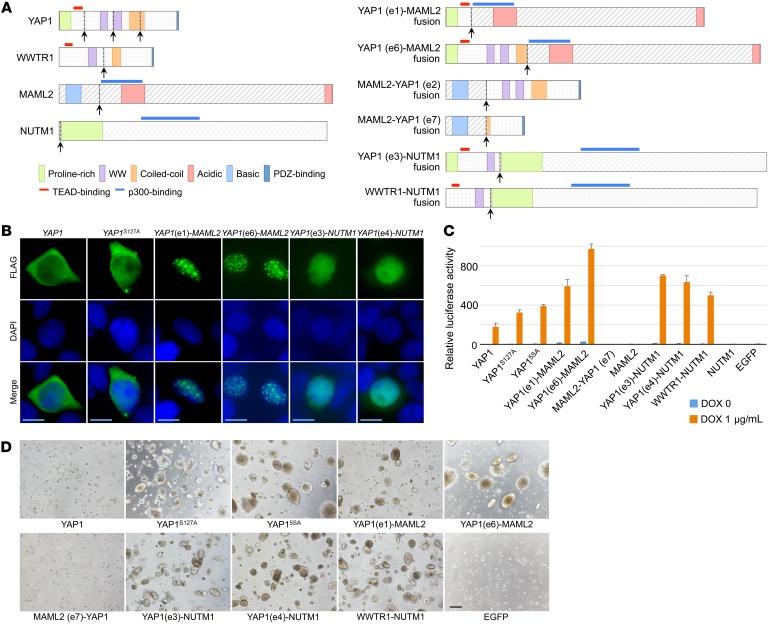Figure 4. Functional significance of YAP1 and WWTR1 fusions.
(A) Structures of the putative fusion gene products expressed in poromas and porocarcinomas. Arrows indicate fusion breakpoints. Notice that YAP1-MAML2, YAP1-NUTM1, and WWTR1-NUTM1 fusion gene products harbor a TEAD-binding domain derived from YAP1 or WWTR1 and a p300-binding domain derived from MAML2 or NUTM1. (B)Intracellular localization of YAP1 fusion gene products. The FLAG-tagged proteins were detected by immunofluorescence staining with nuclear staining using DAPI. Scale bars: 10 μm. (C) TEAD luciferase reporter assays on HEK293T cells transfected with doxycycline-inducible vectors. YAP1S127A and YAP15SA represent constitutively active mutants. The luciferase activity of EGFP-transfected cells in the absence of doxycycline was set at 1 to indicate relative luciferase activities. Data represent mean of triplicate measurements ± SD. (D) Soft agar colony formation assay of NIH3T3 cells expressing the fusion transgenes. NIH3T3 cells were transduced with doxycycline-inducible retrovirus vectors to express the respective transgenes and subjected to a soft agar colony formation assay in the presence of doxycycline. None of the clones formed colonies in the absence of doxycycline. Scale bar: 200 μm.

